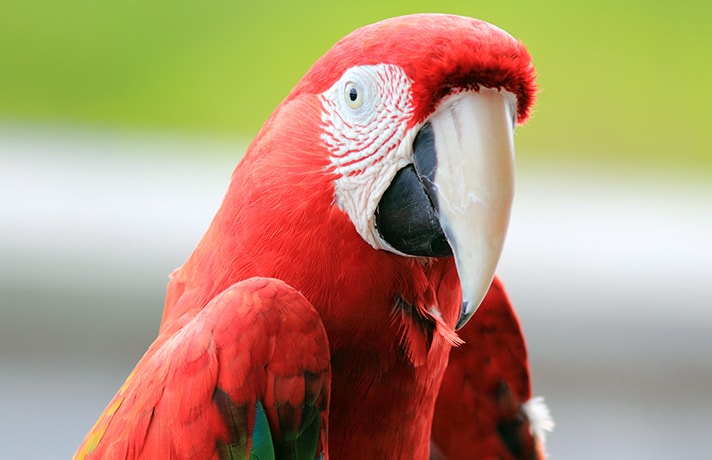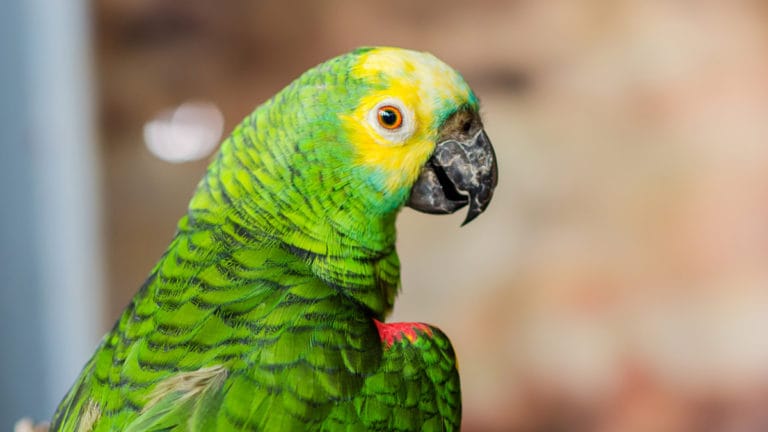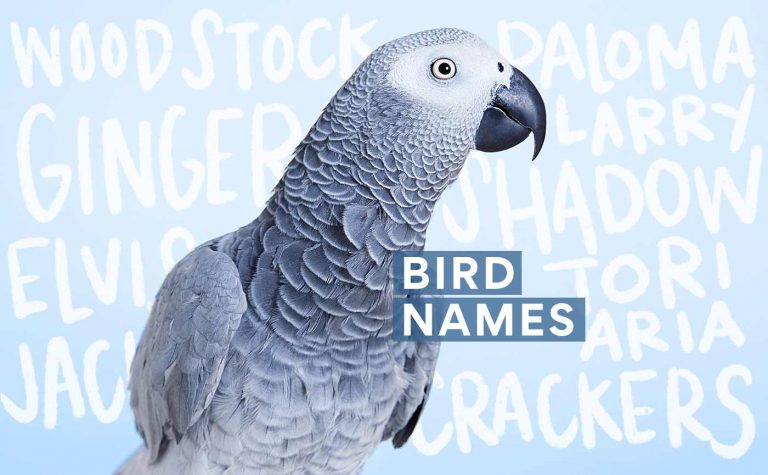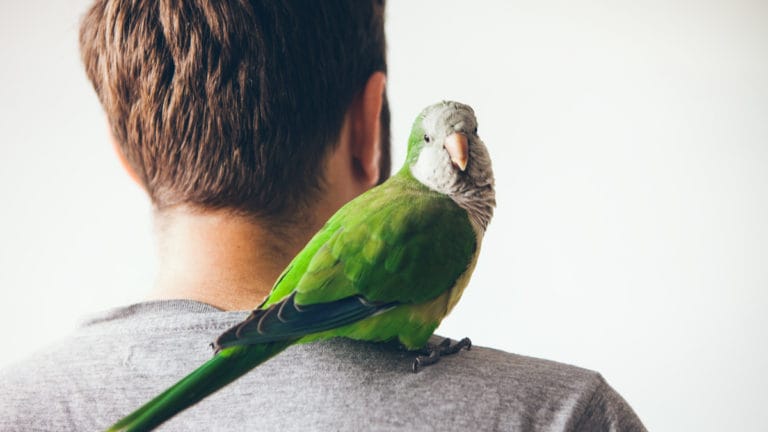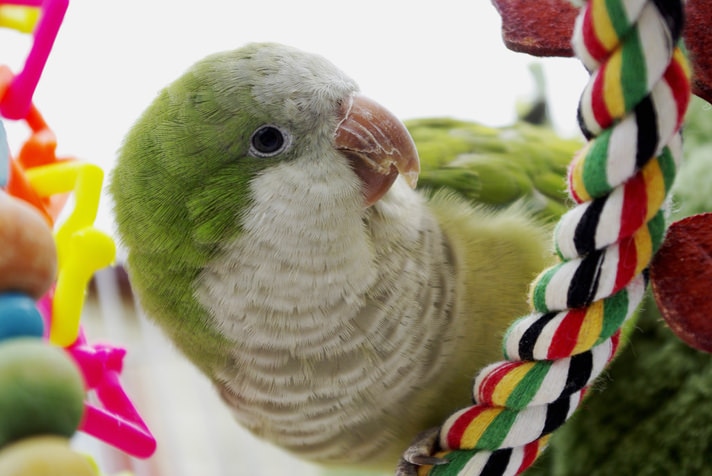Their large beaks and almost fairy-tale appearance may elicit trepidation or varying degrees of curiosity, but, rarely, indifference. Noisy and vivid, the larger macaw species seem to scream, “Look at me!” Because of their flashiness, it is hard to believe that macaws are prey (food) animals in the wild. Unless you’ve lived with a macaw, there are things about macaws you just wouldn’t guess.
1. What Macaw Behavioral Problems?
In casual conversations with other behavior consultants throughout the years, the consensus is that macaws present problems less frequently than most other pet birds. In general, macaws have stable temperaments and are less inclined to exhibit neurotic behaviors seen in some other species.
Even the smallest macaws have a wonderful sense of “bigness” that seems to negate the tendency, seen in some smaller hookbill species, to overreact to unfamiliar objects or perceived threats. This increases their ability to focus on what they are being taught, enabling them to alter their behavior within a relatively short period.
2. Big Beak, Big Chew
Although macaws possess large beaks and need to chew, most engage in destructive chewing considerably less than might be expected. This surprises those who keep smaller-beaked birds, such as cockatoos. However, I have seen unruly hyacinths practically take houses apart if given no other chewing outlet. On the bright side, if provided wood to chew and taught some simple behavioral rules and guidelines, most macaws confine chewing to acceptable objects or toys, leaving large pieces of expensive furniture alone.
3. Hear All About It
Indeed, macaws can be noisy. Many years ago, two clients of mine were filling the gas tank of their automobile at a local station when they recognized the happy squawks of their own hyacinth macaw playing in its outdoor flight cage at home a half mile away.
Although all macaws have the ability to be extremely loud, they can also learn to tone down their vocalizations and to be quiet most of the time. Macaw noise is often a result of a very noisy household. Since it is common for macaws to meet the decibel level of their environment, it is unrealistic to expect a macaw to be quieter than its surroundings. On the other hand, macaws that live in quiet households are usually quiet birds, especially if they understand that this pleases their people.
4. Got To Cuddle?
Most macaws do not need to constantly, physically touch their people or stare lovingly into their eyes. (Although they do invite that kind of interaction with their favorites.) If raised properly, most macaws easily entertain themselves while their people are away from home or are occupied in some other activity—a characteristic loved by those drawn to them as companions. Like all birds, however, they can become demanding, but their behavior can be easily corrected if properly worked with.
5. Sexual Behavior
In a domestic environment, sexually mature macaws exhibit less sexually differentiated behavior than many other species. During breeding season, both mature males and females may be a bit less patient and somewhat noisier. Females may become hormonal and begin nesting in their cages regardless of whether a male is available. The greatest behavior changes are usually seen most strongly in scarlet macaws; however, all species can manifest some hormonally influenced behaviors. In general, the manifestation of sexual behavior in macaws is less pronounced than that seen in Amazon parrots and cockatoos.
6. One Of The Gang
Macaws enjoy being an integral part of their human and animal family, eagerly fitting in with their activities and lifestyle. Flexible and extremely easy to live with, they are not exempt from becoming spoiled, which may lead to squawking or biting for attention or anger. However, their behavior quickly calibrates if the situation is worked with appropriately.
7. Adolescent Macaw Behavior
Young macaws are disarming their large size is at odds with their babyish behavior. They signal their vulnerability and trust by staring at their people with dark eyes, bobbing their heads slowly, crown feathers standing erect. Combined with the act of flipping one wing and vocalizing in a little, helpless cross between a squeal and a honk, they are utterly enchanting.
During their adolescence, most macaws go through a rough-and-tumble phase, wrestling like dogs or kittens. Young blue & golds and hyacinths are especially prone to this behavior and may look a bit disheveled as a result. Scarlet macaws usually exhibit a more dignified countenance, fitting to their sensitive nature.
In adolescence, it is common for macaws to test their limits and abilities, with behaviors ranging from squawking to some biting. Once they understand, however, that those behaviors are not allowed, they tend to calm down and enjoy being part of the family. Hyacinth macaws, especially, can become rowdy and strong willed during this time, and they may go through a stage of bullying the people and animals around them. If their behavior is worked with appropriately, the macaw nature takes over, and they become enjoyable, affectionate and beloved family members.
8. Floor Time
Most large macaws enjoy padding around on the floor at all stages of life. They need a place to do this that is safe from injury by other inhabitants, as well as from bacterial contamination tracked in from outside sources.
9. Ideal Macaw Owner
Macaws are versatile and easy to get along with. They do well in a home with human adults, children and well-behaved pets. They usually entertain themselves well; however, they eagerly join in human activities when invited.
10. Best Bird Toys For Macaws
Many like large bird toys with wooden chew blocks and strong cord. A large, wire spring toy covered with cloth is also popular. Macaws are intelligent and active, so a variety of things they can play with or tear up contribute to a healthy attitude and decrease the chance of behavior problems.
11. With Other Macaws
When properly introduced, macaws often get along well with each other. Great care must be taken during introductions and subsequent interactions. Be cautious in situations where one bird is significantly smaller than the other. In those cases, it is best if the smaller bird is older and the macaw is a baby when first introduced. Never leave the birds unsupervised, and separate them forever if any kind of bullying takes place.
12. Biggest Macaw Challenge
A macaw should be a true member of the family—not a secondary pet. They need plenty of room for large bird cages and a playgym. Macaws are long-lived, so a will should be made out bequeathing the bird to someone you trust implicitly.
Posted by: Chewy Editorial
Featured Image: Kenneth Cole Schneider/Flickr
Share:
